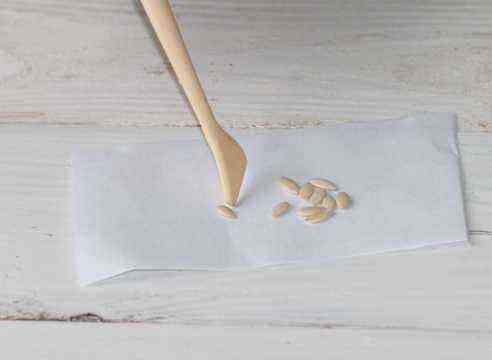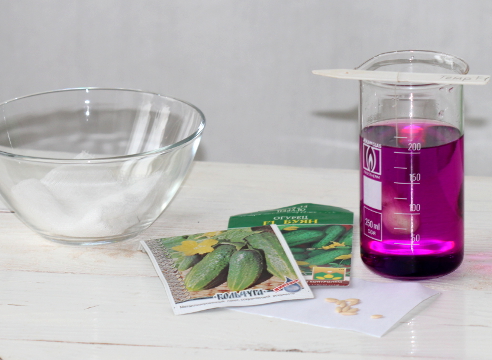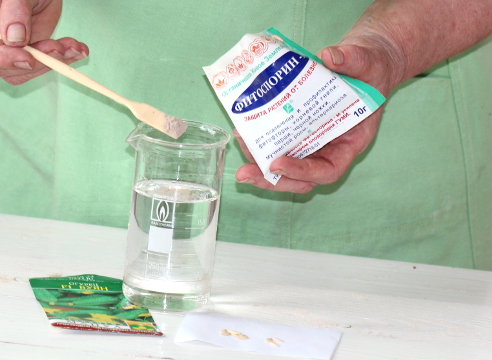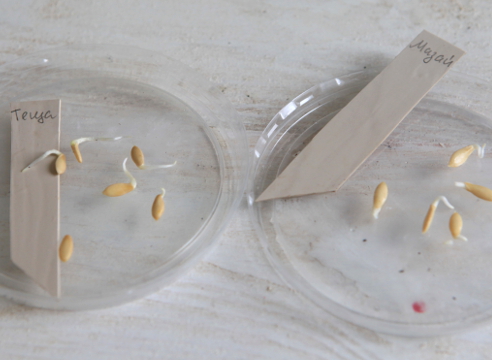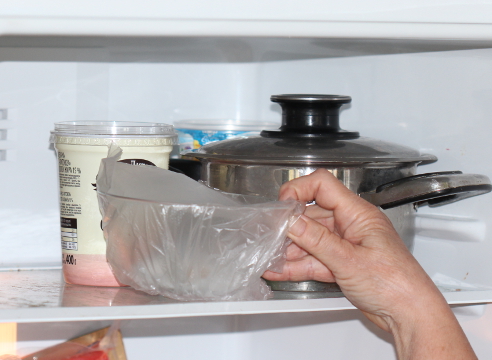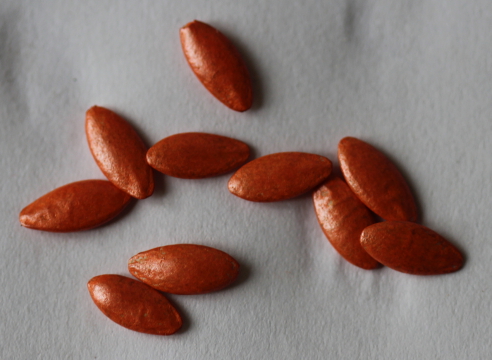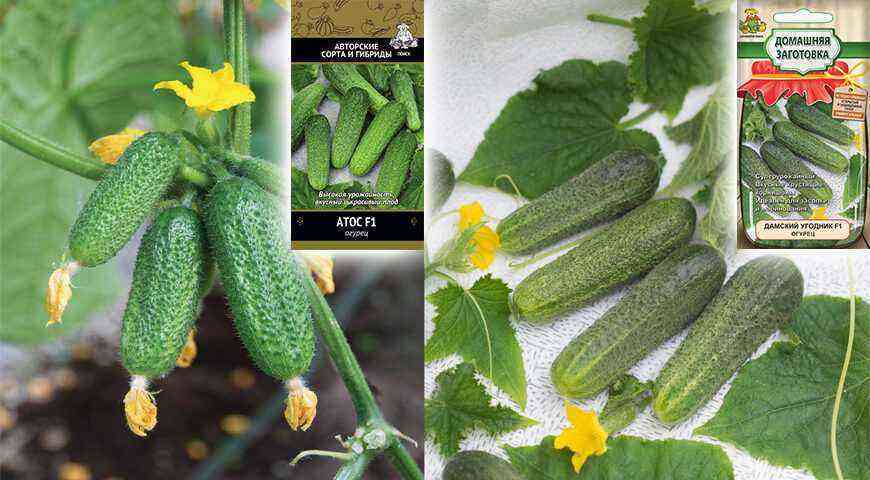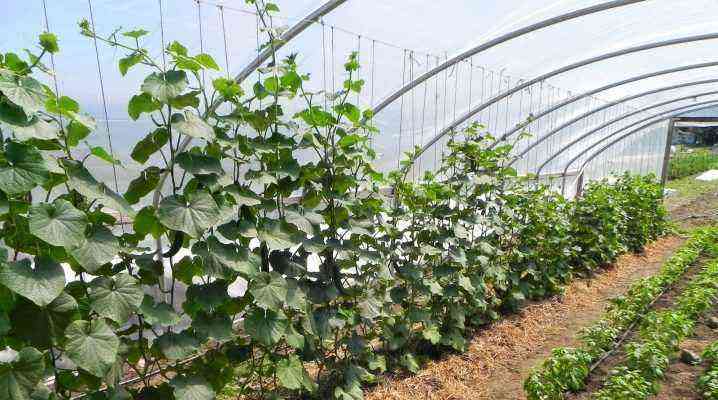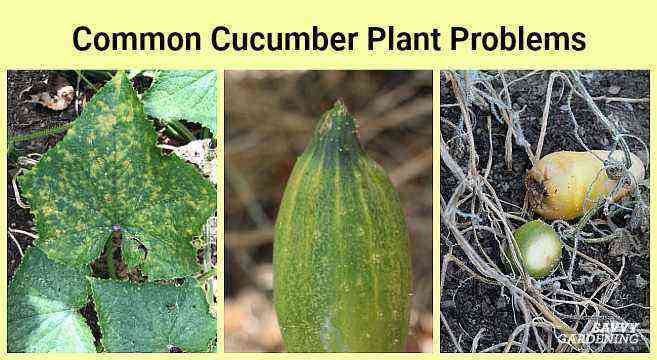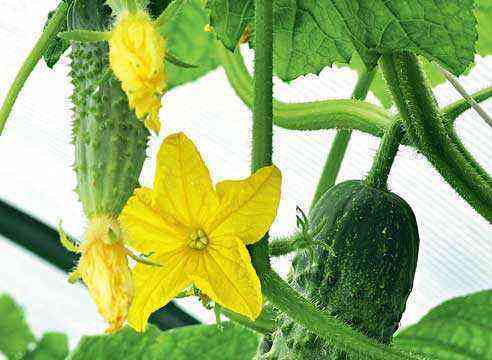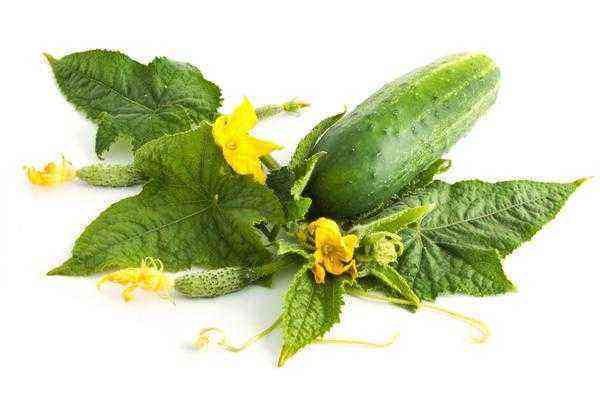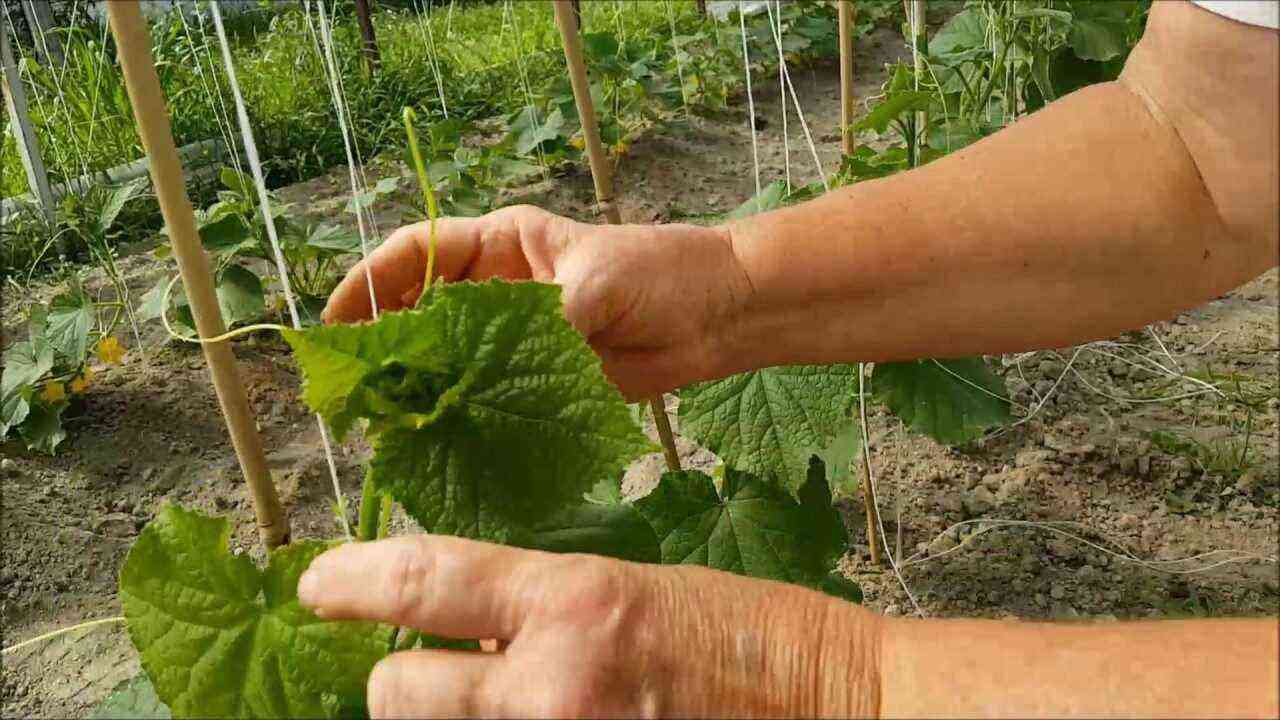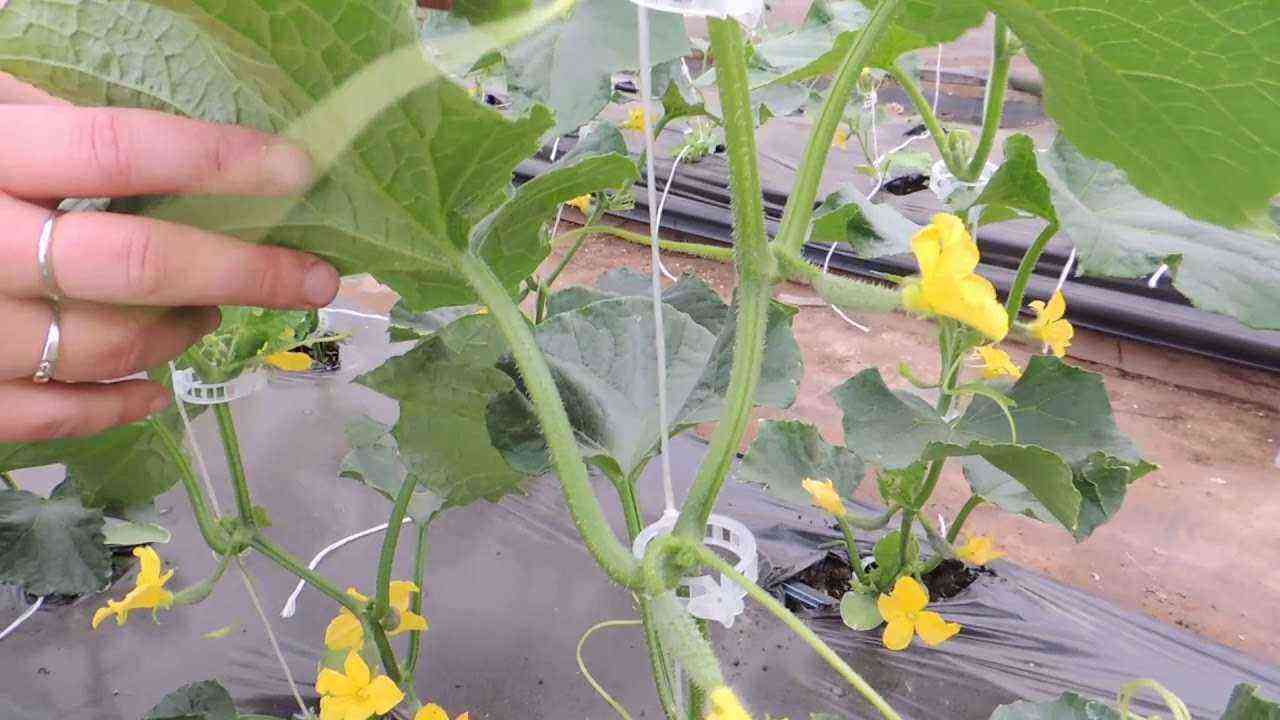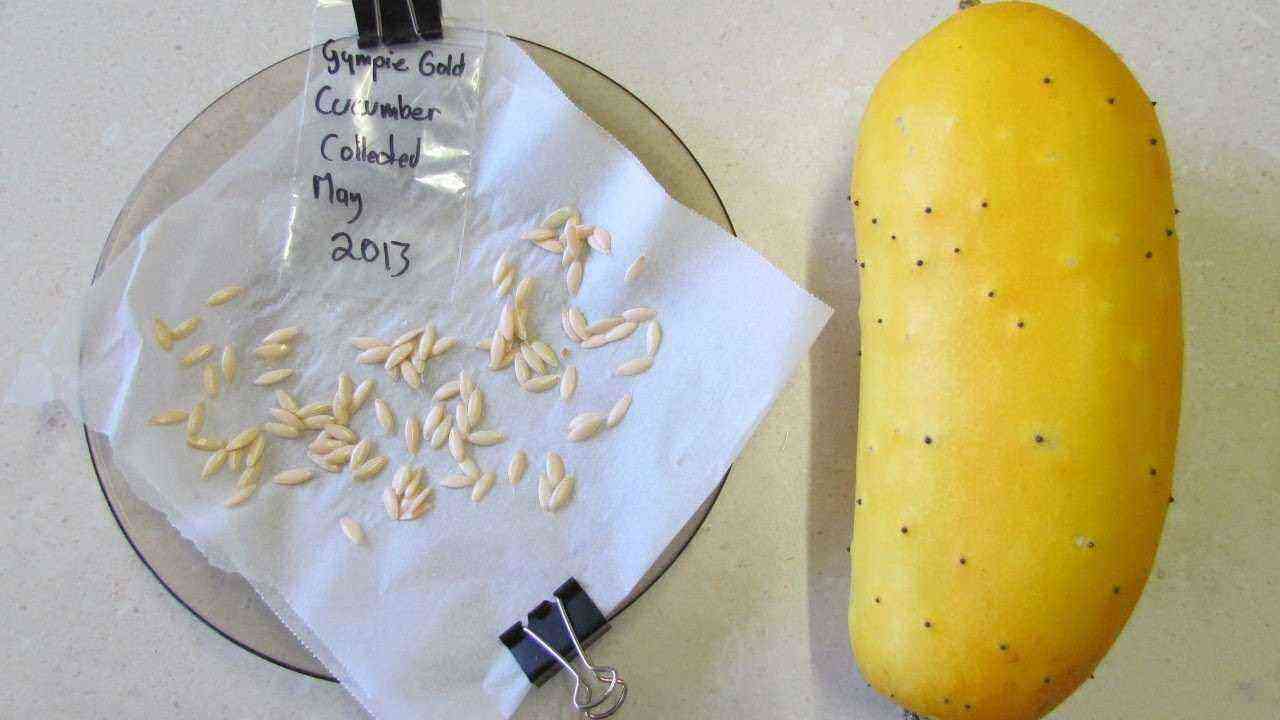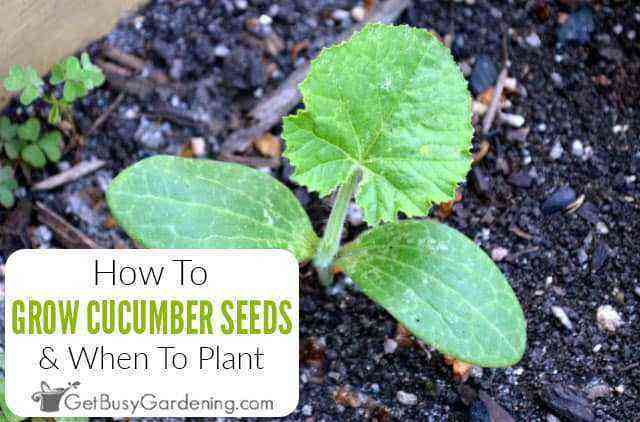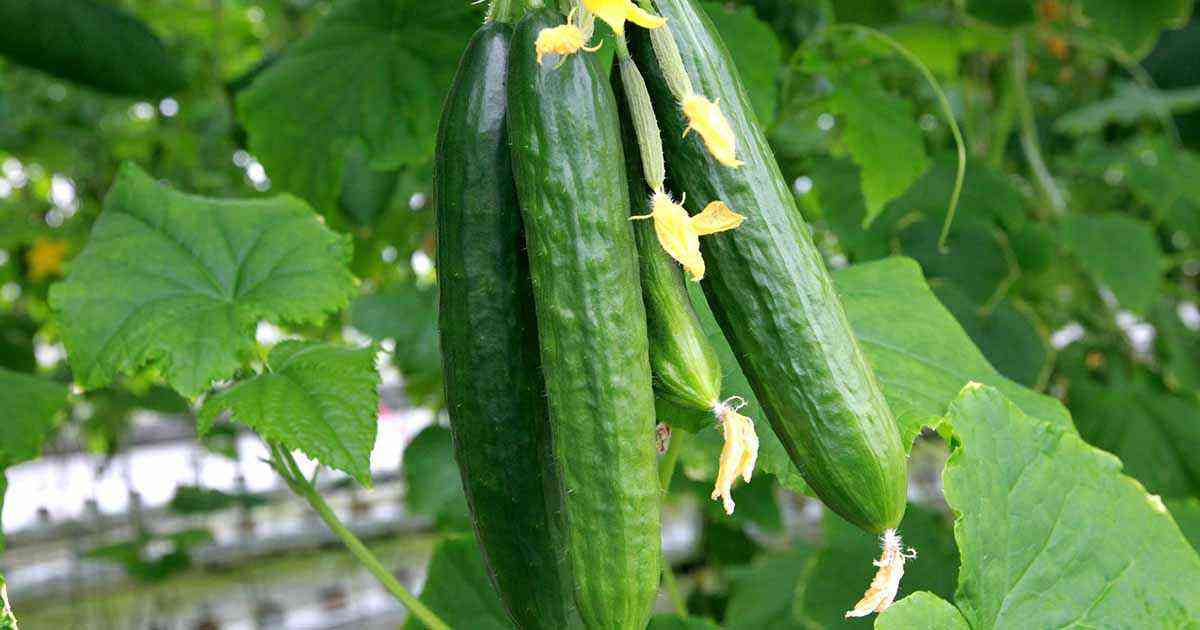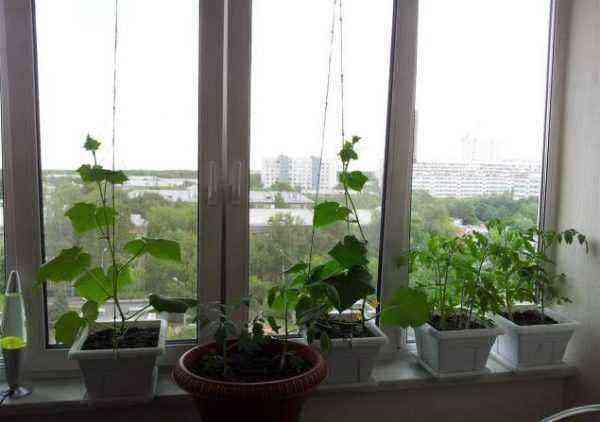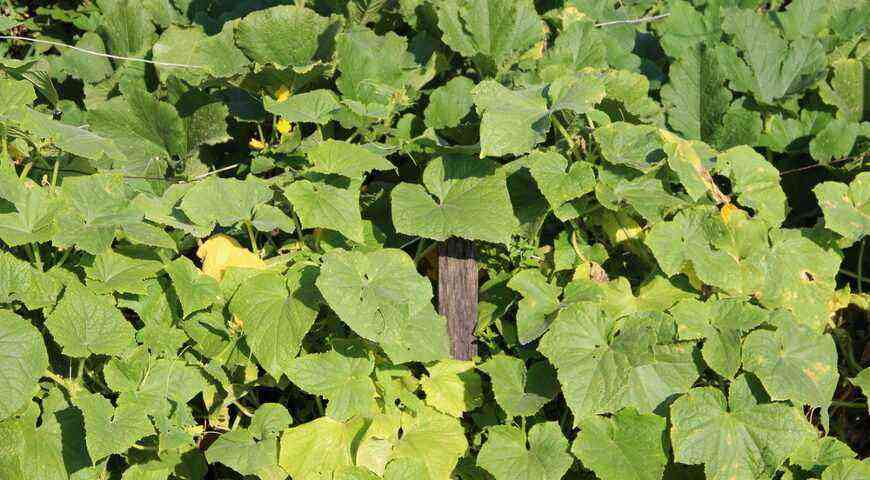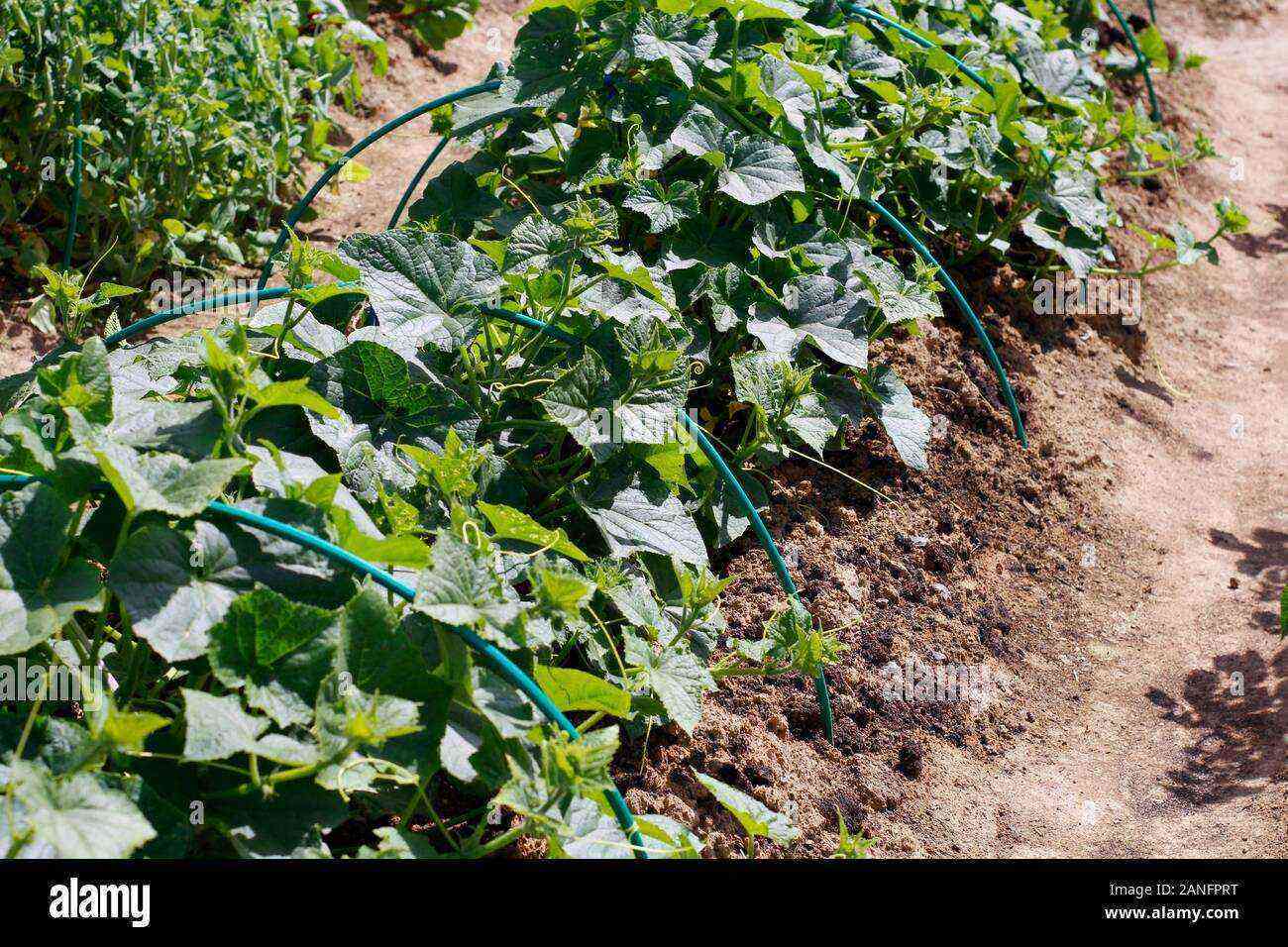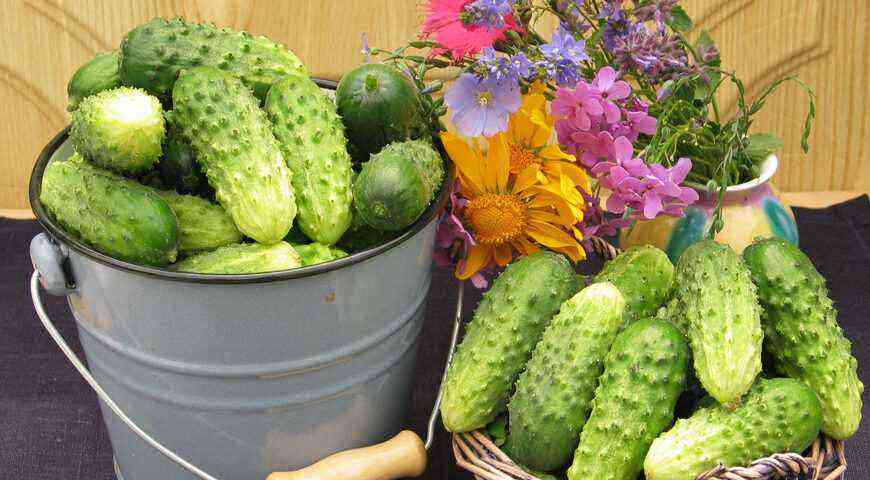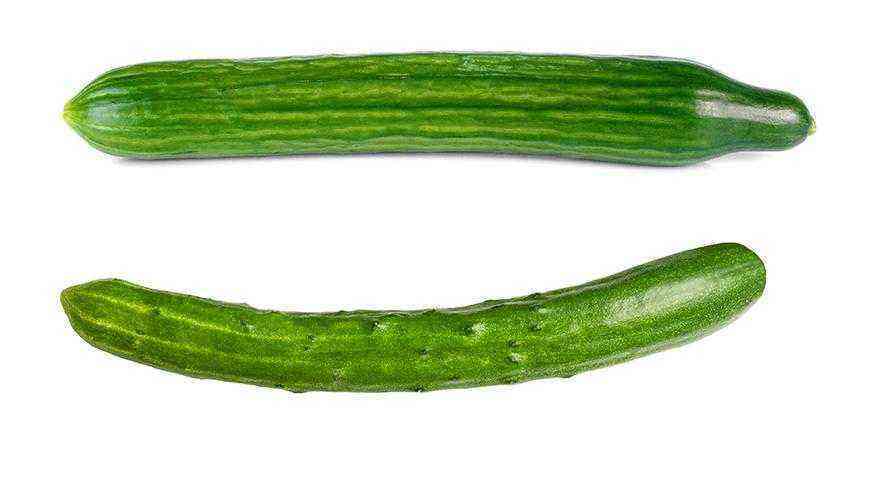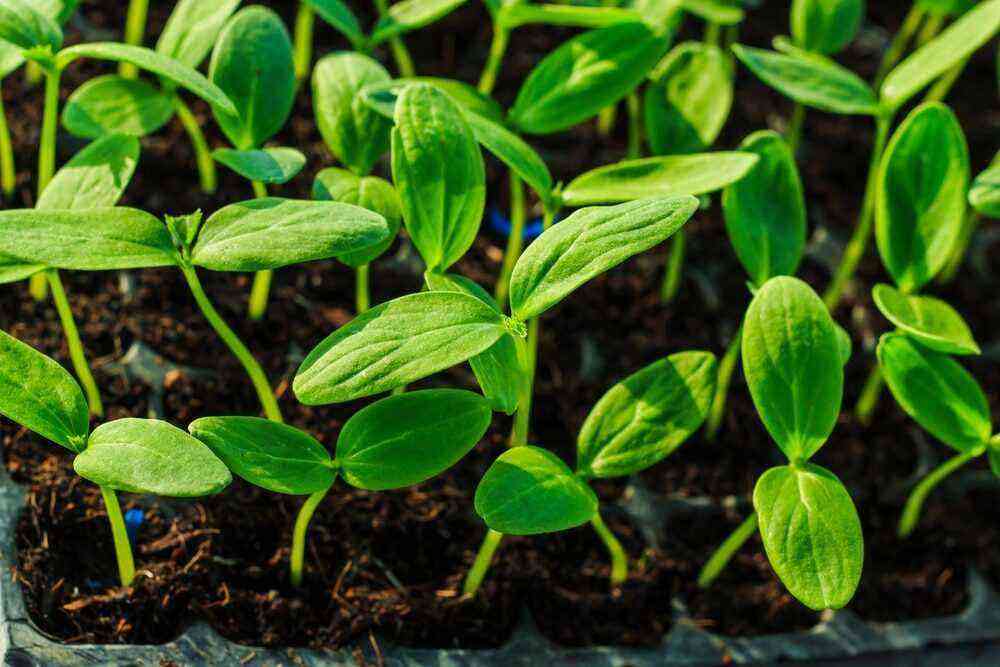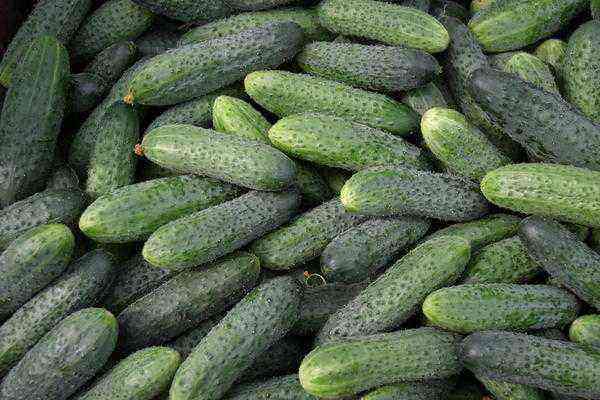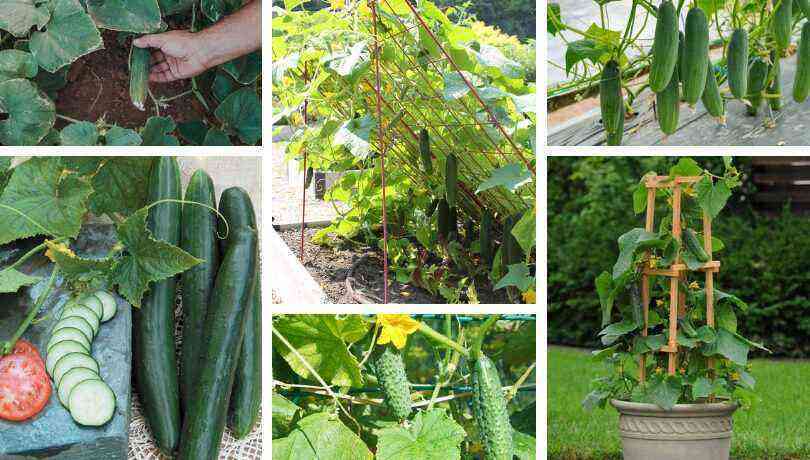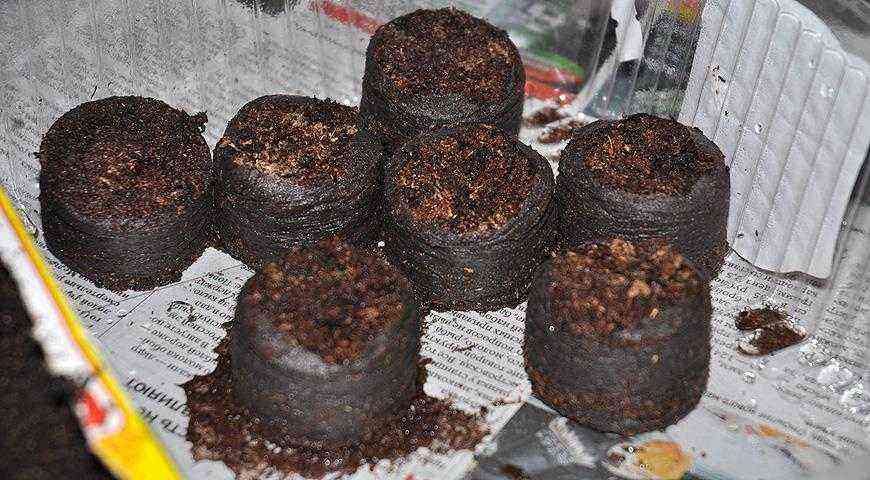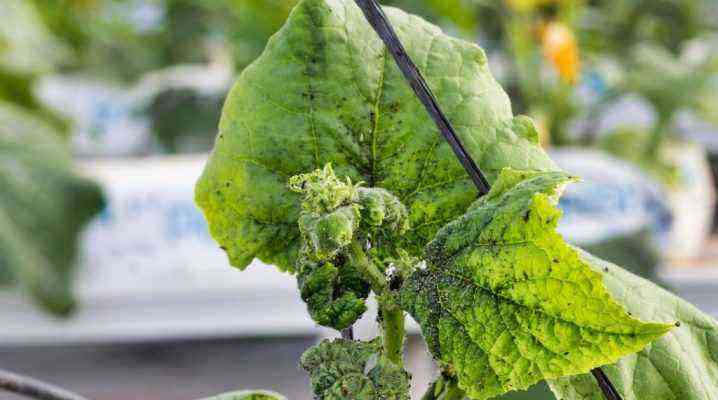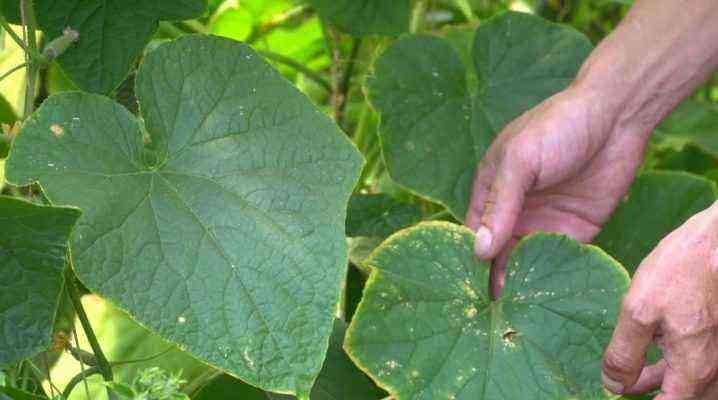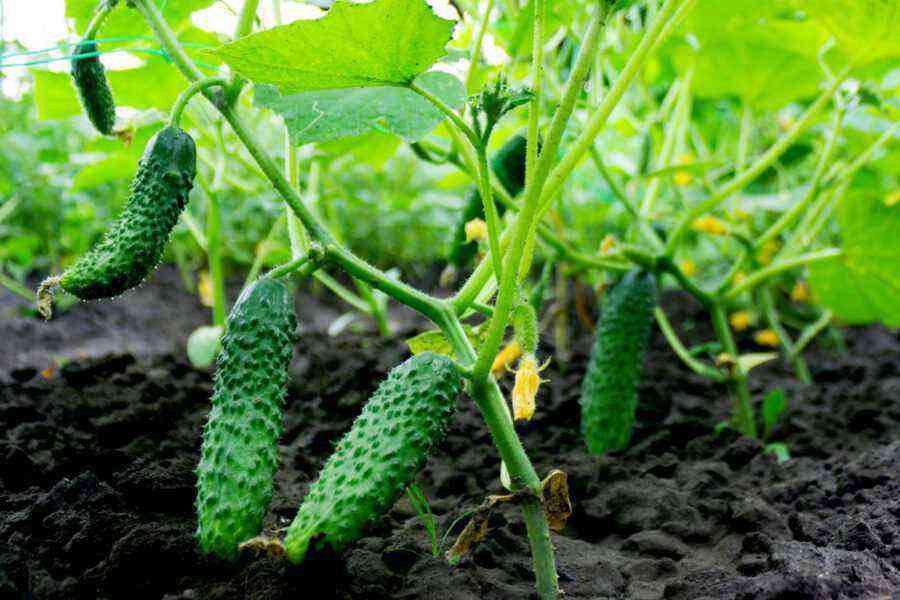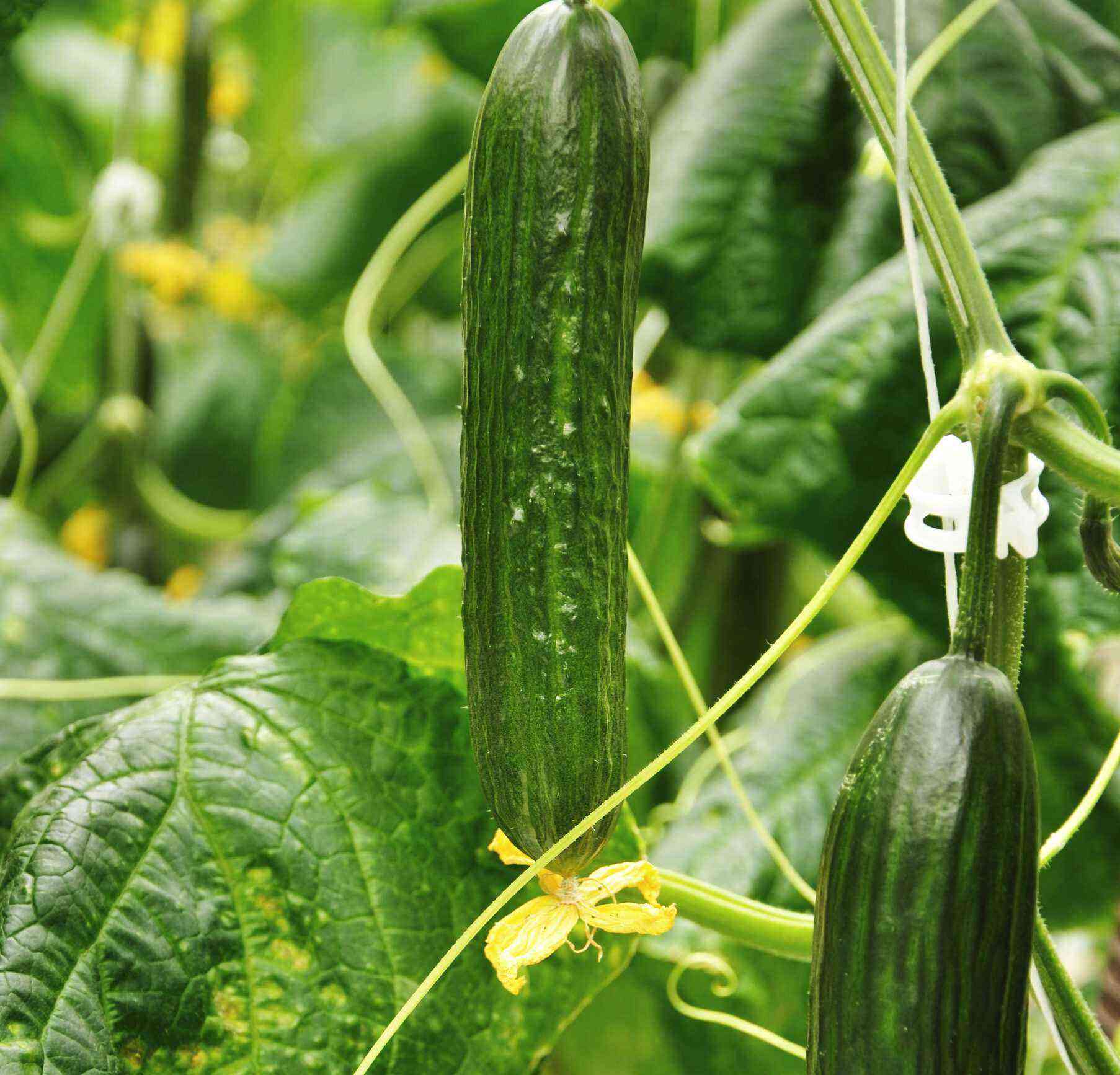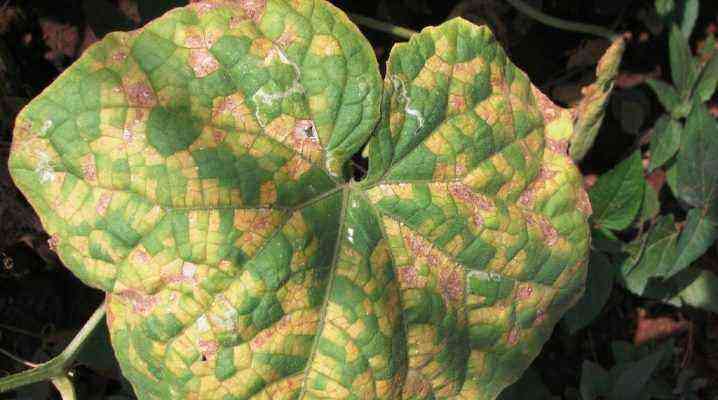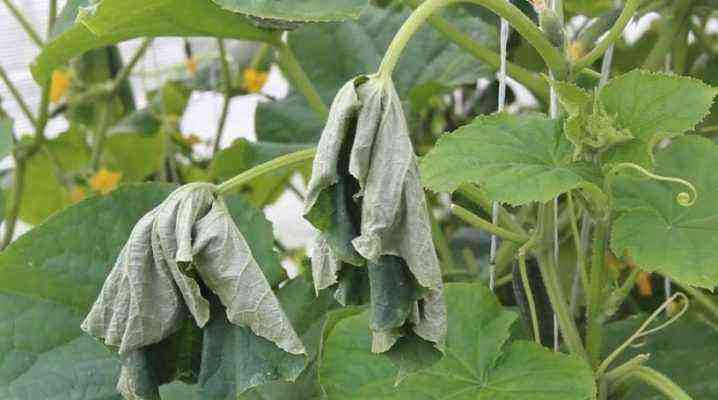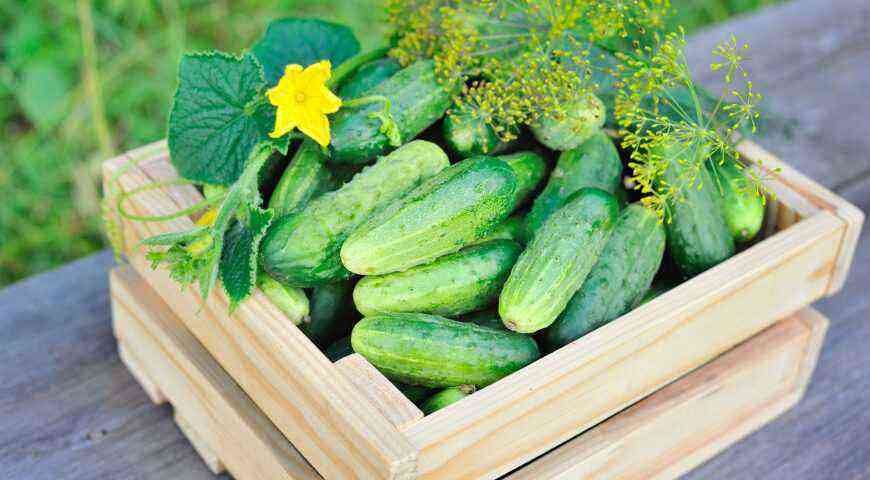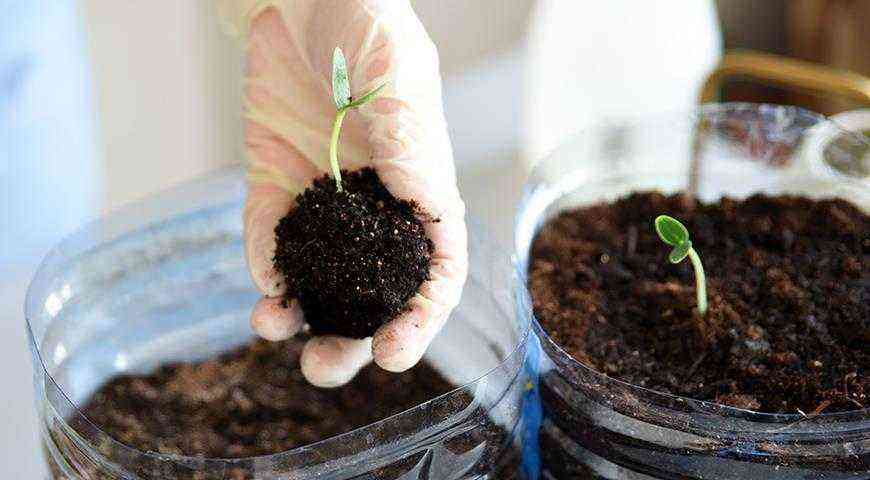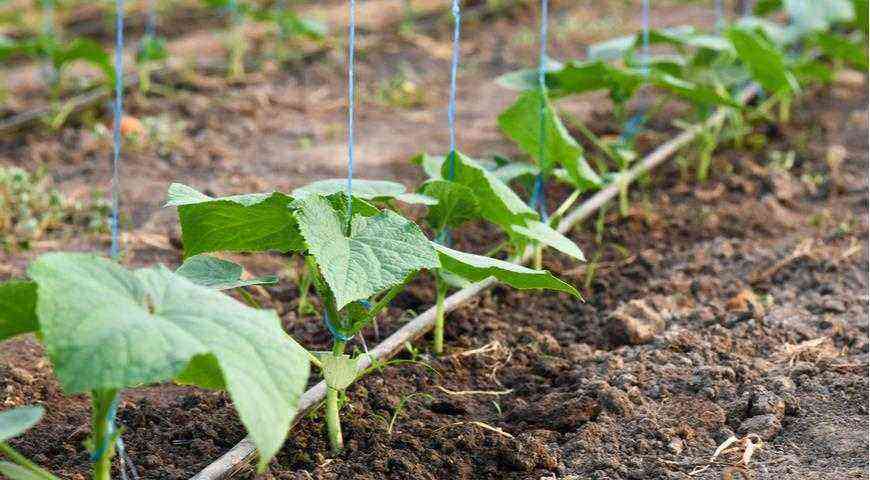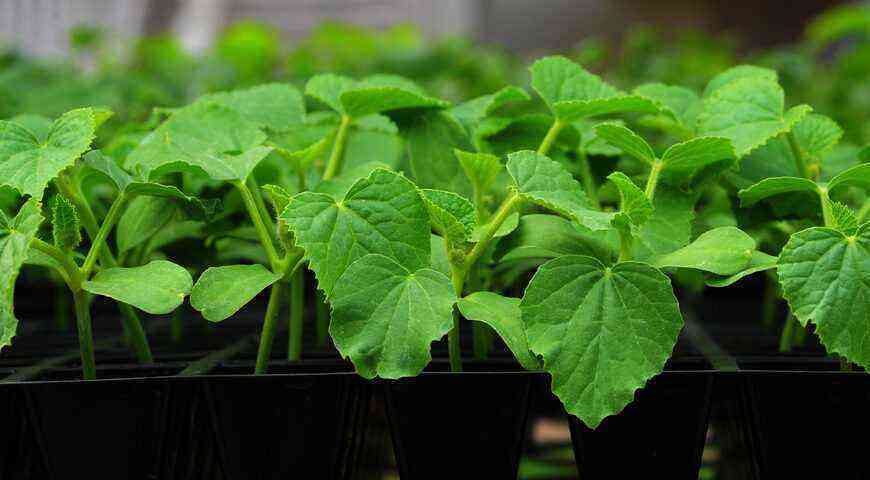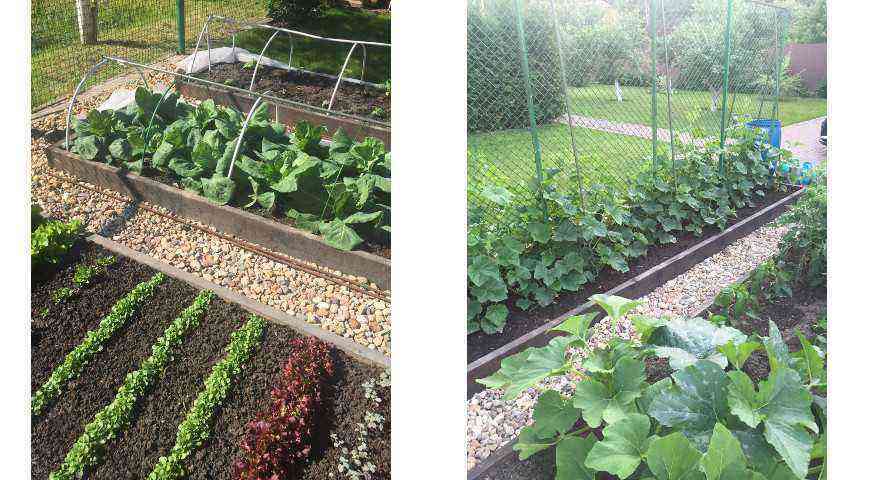What determines the germination of cucumber seeds?
Cucumbers are distinguished by good germination, high-quality cucumber seeds have a germination rate of at least 90%. Under the right conditions shelf life of cucumber seeds 6-7 years. Optimal storage conditions for cucumber seeds: a dry, cool place with a temperature of + 10 … + 12 ° C and relative humidity not higher than 60%. Cucumber seeds endure freezing (temperature drop below 0 ° C), but it is still impossible to store them in a garage, in a country house, in an unheated room: with a sharp drop in temperature, they will most likely become damp and suffocate. Do not store cucumber seeds in hot places in the apartment: near radiators, in cabinets under the ceiling. At temperatures above + 25 ° C, they remain viable for only about a year.
Necessary conditions for the germination of cucumber seeds
Germination temperature of cucumber seeds is +20…+28°С, germination time is approximately 3 days.
9 ways of pre-sowing seed treatment
1. Calibration of cucumber seeds
The first thing that is always done with seeds is their calibration, that is, the best ones are selected. This must be done when you buy seeds from your hands or harvest them yourself. Shop seeds of large seed companies are calibrated in production. First of all, deformed and unnaturally colored seeds (dark or spotted) are culled. For planting, large, even seeds of cucumbers of a uniform light color are selected.
Cucumber seeds can be calibrated in 3% salt solution. To prepare the solution, take 3 g of table salt per 100 ml of water, or 30 g per liter. 30 grams of salt is about 1,5 tablespoons or 3 heaping teaspoons.
The seeds are thoroughly mixed in the solution to remove all bubbles from the surface of the seeds and kept for 5-10 minutes. The floating seeds are discarded. The rest are rinsed and dried. What is important, only fresh cucumber seeds (1-2 years old) can be rejected in a saline solution, almost all of the old ones will float, even if they have retained their germination capacity. Therefore, if you still have all the cucumber seeds, then do not rush to throw them away, most likely they are simply overdried. To check germination, place a test batch of seeds for germination.
2. Disinfection of cucumber seeds in a solution of potassium permanganate
To disinfect cucumber seeds before sowing, prepare a 1% solution of potassium permanganate (potassium permanganate – KMnO4) and immerse the seeds in it for 20-30 minutes.
After that, the seeds are washed. However, potassium permanganate is only suitable for protecting seeds from infections located on the surface of the seeds. Also keep in mind that processing efficiency is reduced if sticky seeds are soaked.
How much potassium permanganate is needed to process cucumber seeds?
One standard teaspoon without a top contains 6 g. To prepare a 1% solution, you need a spoonful of potassium permanganate for 3 cups of water, or a third of a spoon for a glass. The solution should be a deep purple color. Pink, dark pink and light purple solutions (when the bottom shines through the solution) are practically useless.
3. Disinfection of cucumber seeds in special preparations
To combat cucumber diseases that persist in the seed germ, it is more difficult to choose a method. Currently, some bacterial preparations are used to treat cucumber seeds. However, their treatment suppresses not only harmful, pathogenic, but also beneficial microflora, and you should not use it unless absolutely necessary.
So, for example, Fitosporin-M, Baksis preparations are used to combat root rot, bacteriosis and tracheomycosis wilt. Cucumber seeds are soaked in a solution of any of these drugs for 1-2 hours, then dried.
Read more about what drugs are used for seeds and seedlings
4. Warming up cucumber seeds before sowing
On an industrial scale, heating is widely used to disinfect seeds. To do this, cucumber seeds are heated for 3 days at a temperature of +40°C or at a temperature of +80°C for one day. You can warm up in the oven, some gardeners have adapted to warm the seeds on central heating radiators or even on incandescent lamps. But in any case, warming up is stressful for the seed germ, and besides, it is difficult to maintain accurate temperatures at home. Therefore, this method, despite its popularity, is not recommended for home use.
5. Soaking Cucumber Seeds
Soaking is the most popular pre-sowing seed treatment method.. It is known to everyone who has ever planted cucumbers. Soaking accelerates the germination of cucumber seeds, but washes away the protective layer if the seeds have been treated by the manufacturer against infections, and reduces the resistance of germinating seeds to adverse conditions. A slight cooling or short-term drying can be safe for dry cucumber seeds, and for pre-soaked ones it can be fatal. Therefore, soaking makes sense when sowing cucumbers for seedlings at home, and when sowing in the ground – only if the weather is good.
For soaking cucumber seeds, it is advisable to choose a transparent container, plastic or glass. A napkin is laid out on its bottom in several layers, paper, gauze or cloth, the seeds are laid out and poured so that the water stands, but does not cover the seeds entirely. Soak the seeds for 1-2 days until the shell cracks.
6. Germination of cucumber seeds
Pre-germination of cucumber seeds before sowing is used if there is doubt about their germination. In order not to waste space, you can sow only those seeds that have already sprouted. Their disadvantage is that the germinated seeds of cucumbers after sowing need warmth and frequent watering. And if the seed coat is allowed to dry out or it is not deep enough into the soil, seedlings from germinated seeds sometimes cannot get rid of the seed coat on their own. We’ll have to help them: sprinkle the seed coat with water from a spray bottle, and when it gets wet, carefully remove it with a toothpick.
The temperature for germination of cucumber seeds is +25…+28°C. Place the seeds in a container or on a saucer on several layers of damp toilet paper, place in a plastic bag and put in a warm place for 1-2 days. It is better not to use cotton wool and gauze for sprouting cucumbers. The cucumber has long, fragile roots that quickly grow into the tissue and are easily damaged during transplantation. Cucumber seeds germinate well both in the dark and in the light.
7. Soaking Cucumber Seeds in Nutrient Solution
Soaking in a solution of physiologically active substances stimulates the growth of seedlings. Soaking in fertilizers is used when planting cucumbers in poor soils.
The principles of soaking in a nutrient solution are the same as in water: the seeds are placed on paper, gauze or cloth, poured with a small amount of solution, covered from above and the liquid level is monitored. The seeds are kept in the nutrient solution for 12-20 hours. The treatment is carried out at a temperature of +20…+28°C, at a lower temperature its effectiveness is reduced. Then the swollen seeds are transferred to paper, cloth or laid out in a gauze bag and germinated at a temperature of + 25 … + 28 ° C until the root appears.
To prepare a nutrient solution, you can use Epin, Zircon, humates or other preparations without mixing them with each other, since each of them has its own processing time. In Epin’s solution, the seeds are kept for 16-24 hours (2 drops per 100 ml of water (half a glass); in Zircon’s solution – 10-12 hours (1 drop per 150 ml of water), in a solution of potassium or sodium humates – exactly a day (0,005-0,01 .XNUMX% solution).
8. Bubbling Cucumber Seeds
Bubbling is the enrichment of seeds with oxygen. It is used only for old cucumber seeds, 6-7 years old, to increase the vigor of germination. In young seeds, it does not give any noticeable effect. The seeds are laid out in a gauze bag and placed in a jar of water at room temperature. Then air is supplied using an aquarium compressor, while the tube should be under the seed bag so that air bubbles surround it from all sides. In this state, the seeds are kept for about a day, but if there are a lot of seeds, then it is advisable to change the water in the middle of the cycle. After bubbling, the hatched seeds are immediately planted in the ground.
9. Hardening of cucumber seeds
Hardening cucumber seeds increases their resistance to adverse environmental conditions. Hardened seedlings tolerate cold soil better and resist root rot. Seeds intended for hardening are wrapped in a damp cloth, spread on a saucer or plastic dish and put in the refrigerator for 2 days (the optimum temperature is 0 … + 2 ° C). During the whole time, make sure that the cloth remains wet.
After that, the seeds are immediately sown or treated in a nutrient solution without drying. According to some fans, hardening allows you to accelerate the development of cucumbers and even increase the yield of cucumbers up to 40%.
Do I need to process encrusted, plasma, precision seeds?
Most seed companies must carry out at least a minimum complex for treating cucumber seeds from infections. The most expensive seeds are often already prepared in advance: calibrated, treated with fungicides, stimulants, due to which they are colored. Such seeds do not need to be treated with anything before sowing.
Processed cucumber seeds
